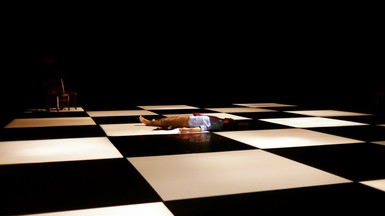 A large checkerboard, a trivial human figure. The beam of light from a projector appears in front of the viewer instead of just behind. The screen becomes a mirror, reminding the viewer: this is not reality; it’s just a movie. The projector lights up the title, Inland Empire, by David Lynch. At the beginning of Mélanie Demers’s Goodbye, dancer Jacques Poulin-Denis opens with a typical Demers move, a series of statements paradoxical in their juxtaposition: “This is not the show,” he tells us. “Not a flat screen, not reality.” The question that always emerges with Demers is: then what is it? One should never readily believe what the performers are saying. Of course, when Poulin-Denis is claiming, “This is not the show,” he is reminding us of the opposite: this is a show. But does it even matter one way or another? Extreme close-up of a needle on a vinyl record. To say that it’s just music is to undermine the kind of emotional manipulation that art is involved in. 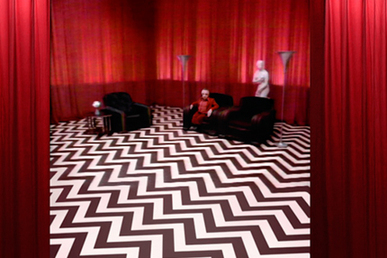 The Black Lodge. Even the electric guitar riffs in Goodbye are reminiscent of Lynch, most particularly Angelo Badalamenti’s score for the Twin Peaks series. That’s not to mention the floor, a black-and-white checkerboard of inhuman proportions that dramatizes the space and makes the dancers look trivial, like mere chess pieces. The Black Lodge. A woman watches television, though on it there is nothing but static. Soon, however, the TV image gives way to animated rabbits in their apartment. It could all be in her head. Se faire son cinéma. Do we need to believe that Brianna Lombardo and Poulin-Denis are really a couple to be affected by their dance? Of course not. The moment they interact, the moment they touch, the moment they move together, they enter into a relationship, their actions have consequences. We don’t need to believe that Grace Zabriskie is not Grace Zabriskie. She just needs to walk in, creepy as fuck. If you don’t feel anything, it’s because you’re taking Zabriskie for granted; as real. Suspension of disbelief is a myth. The true power of cinema lies in complete and utter disbelief. Demers is not even trying to pretend. When a performer needs to have tears running down their face, they use eye drops. The microphones they hold are fake, aluminum paper balls on black sticks; the knife, an aluminum paper blade. No one will get hurt. At least not because of objects. No matter how much I hate metaphors, I must recognize that most blades are metaphorical. Artistic ones, always. When Laura Dern gets fake stabbed, she runs down Hollywood Boulevard before falling in front of one of the stars from the Walk of Fame. Lynch will not allow you to believe any of it is real. It doesn’t matter. If you are only affected by things that are real, you’re not human. When Poulin-Denis looks up at the audience while Demers is sucking on his nipple, his reaction is to say, “No, no… It’s not what you think. This is not the show.” The statement is of course hilariously ironic. Demers knows that such a strong image is bound to have an effect on the audience. Would it have any less of an effect if we were to take it in as reality? Of course not. Quite the contrary. 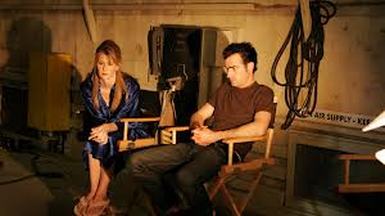 Actors playing actors. Whenever Dern and Justin Theroux have a scene together, we never quite know whether they are the actors they are portraying in the movie or the characters the actors are portraying in the movie in the movie. At one point, Dern screams out, “Damn! This sounds like dialogue from our script!” That’s because, of course, it is. First and foremost, and if nothing else, every movie is about people making a movie. Another typical Demers move: when Poulin-Denis is wiping the water off the floor, he is of course doing so for the dancers’ safety; but, by virtue of being performed onstage, the action is also necessarily dramatic. An everyday gesture becomes an artistic one. “Il y a de l’éclairage, des costumes…” he says, laying out the reasons why we might be inclined to think that this is a show. As if those things didn’t exist outside of the theatre… “Is this our set?” Dern asks. She means in the movie in the movie. However, the set only ends up getting used in the movie. Every space is one location scout away from becoming a set. Later, when Poulin-Denis is the one sucking on Lombardo’s nipple, Chi Long shouts, “This is it! This is the show!” Yet the gesture is essentially the same as before. If anything, the gender reversal and repetition (and therefore lack of surprise) have made it more socially acceptable, less dramatic. It’s always been the show, even before Goodbye ever started. The needle on the record, the music, the emotional manipulation... The viewer cries. She cries because she relates with the character Dern is playing. (What in The Wars Timothy Findley beautifully refers to as “shouts of recognition.”) They encounter each other and kiss in the television. Art as a meeting ground, as the space where artist and audience come into contact, where the line between the artistic and the everyday gets blurred. Goodbye. No, really, goodbye. Poulin-Denis keeps telling the audience the show is over, in so many different ways that it becomes comical, yet the audience doesn’t leave. This is still the show. When does it really end? What are the cues? When the stage lights fade out, when the house lights come on, when the performers take a bow, when we clap, when we leave the theatre, when we finally stop thinking about the show… Some shows never end. And, even when shows do end, what awaits us outside the theatre? More metaphorical blades. Theatre.
usine-c.com maydaydanse.ca davidlynch.com
0 Comments
|
Sylvain Verstricht
has an MA in Film Studies and works in contemporary dance. His fiction has appeared in Headlight Anthology, Cactus Heart, and Birkensnake. Archives
April 2020
Categories
All
|
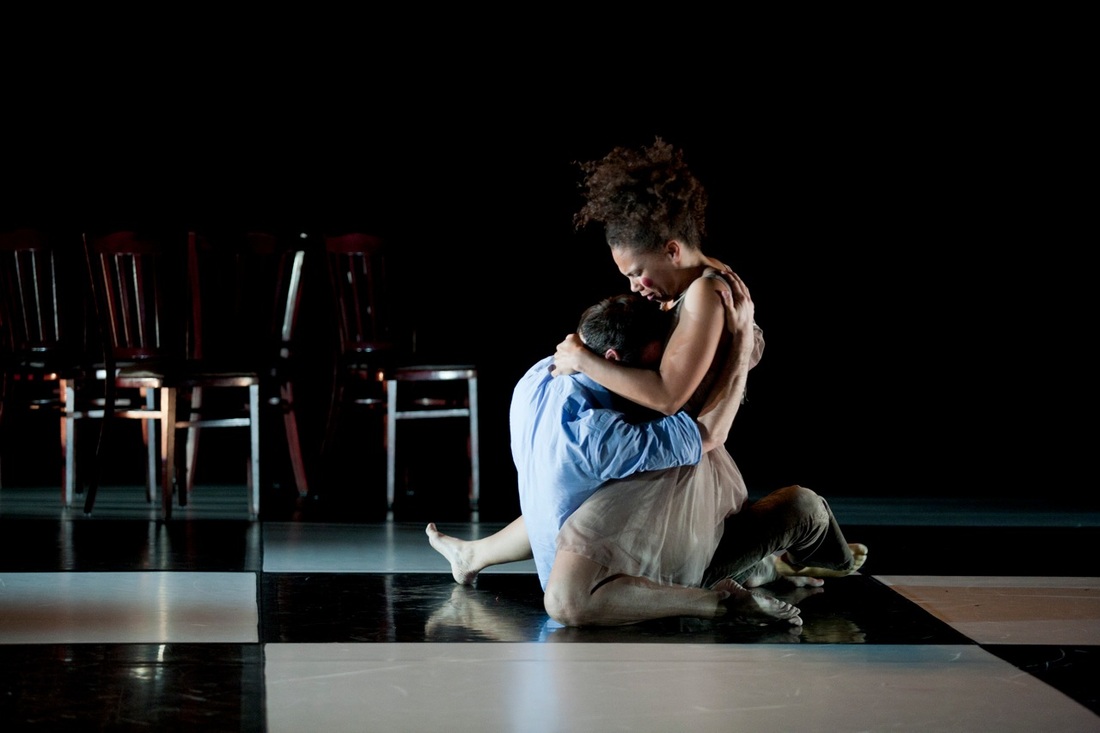
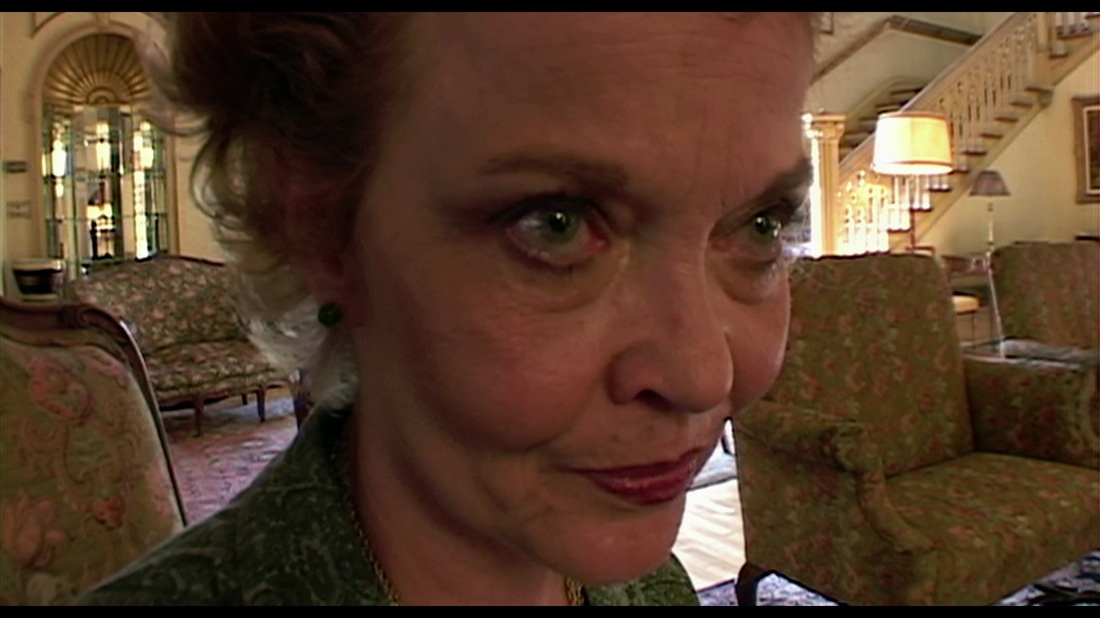
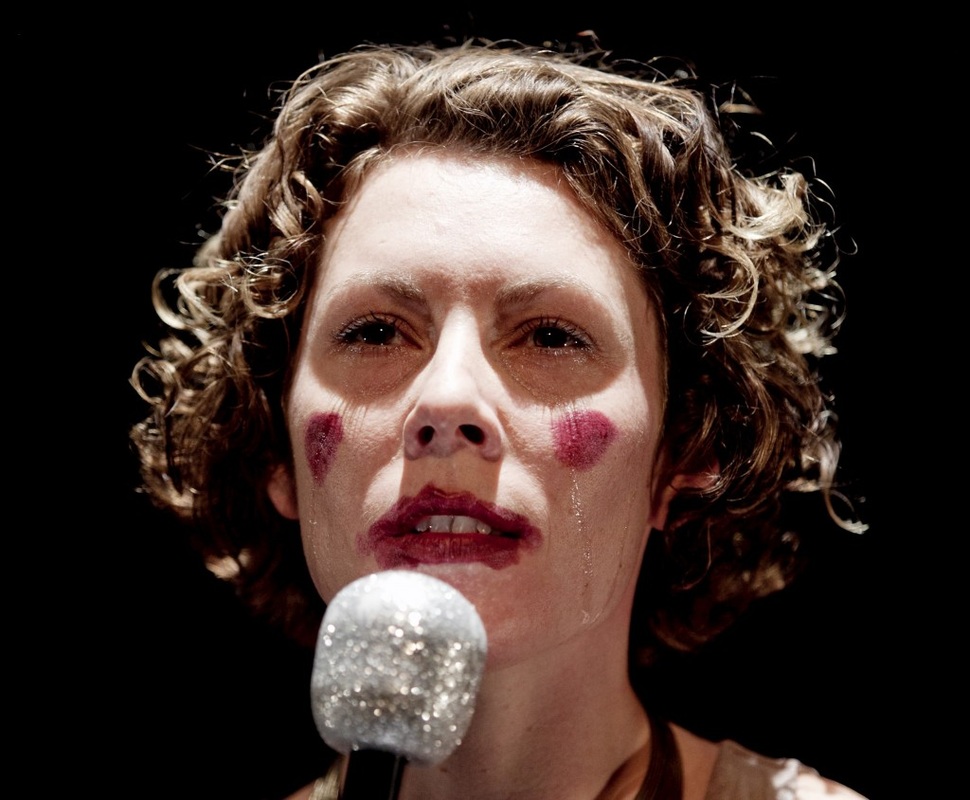
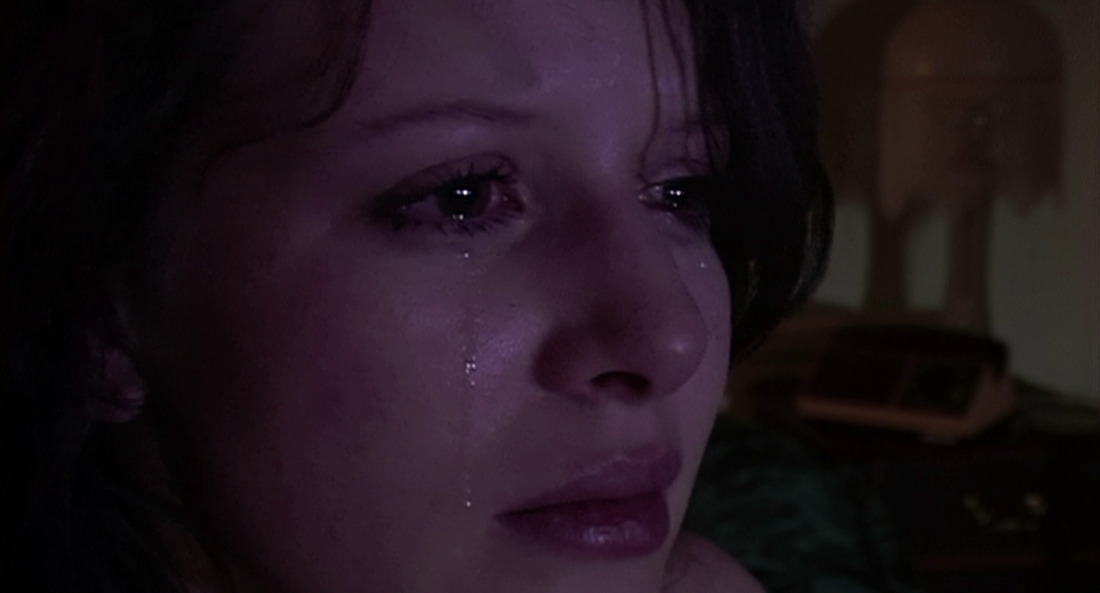
 RSS Feed
RSS Feed